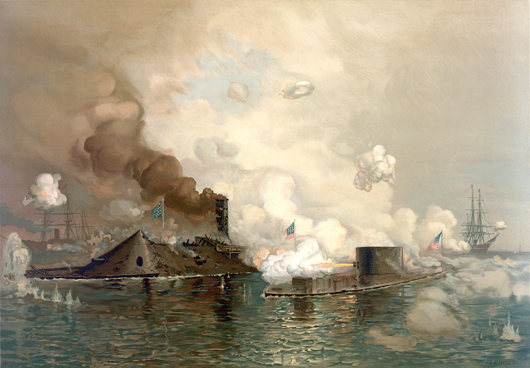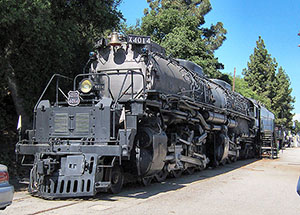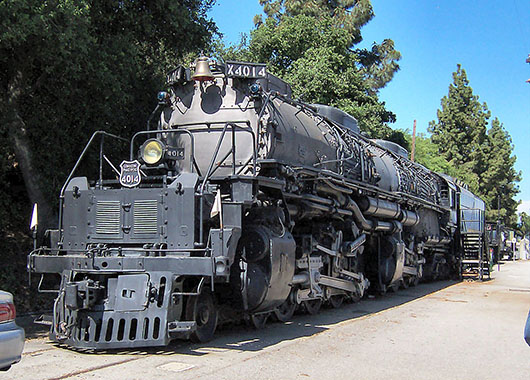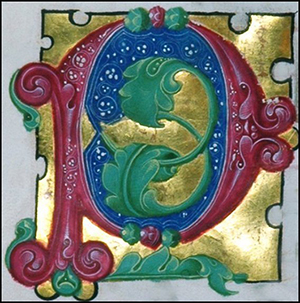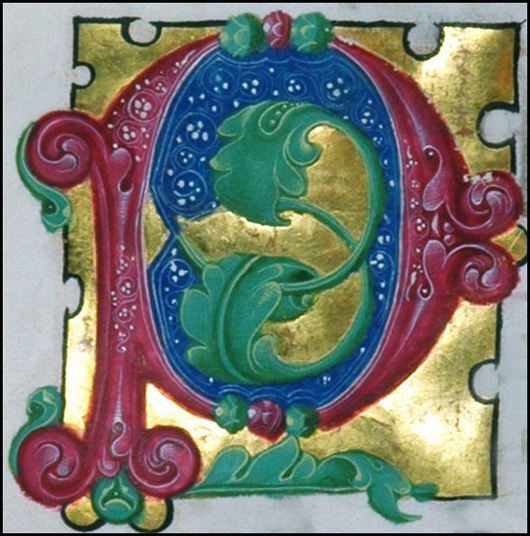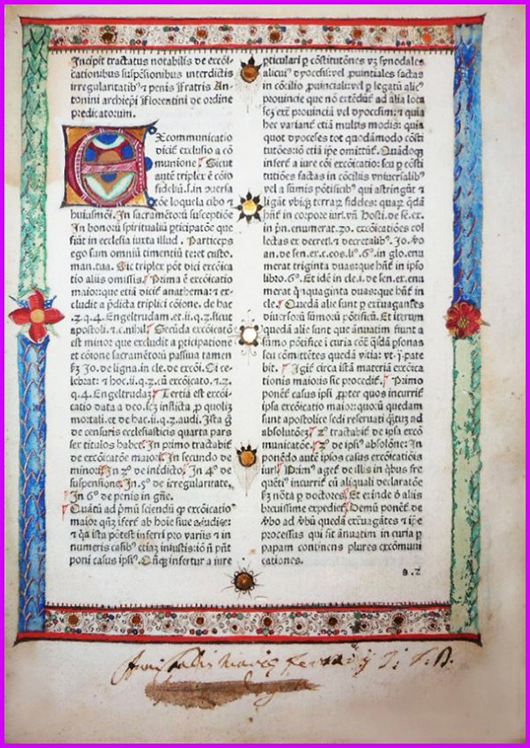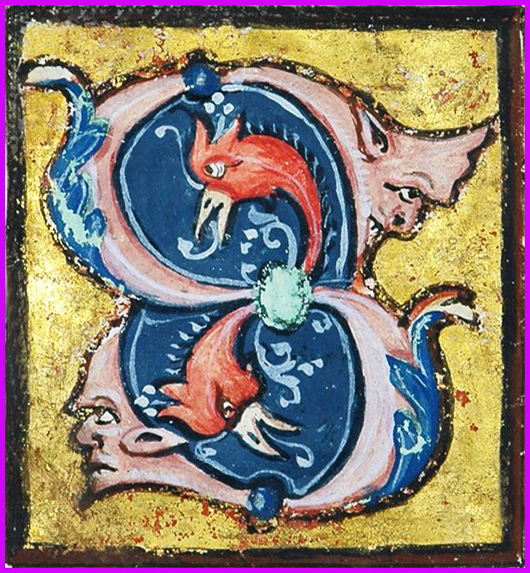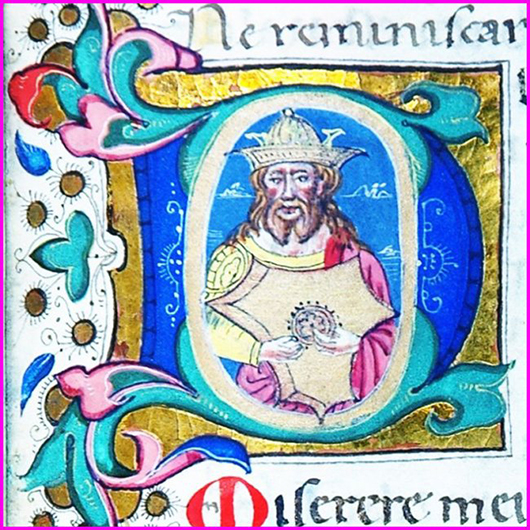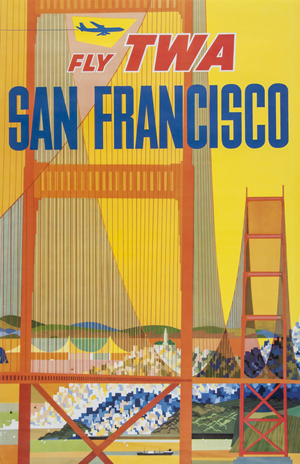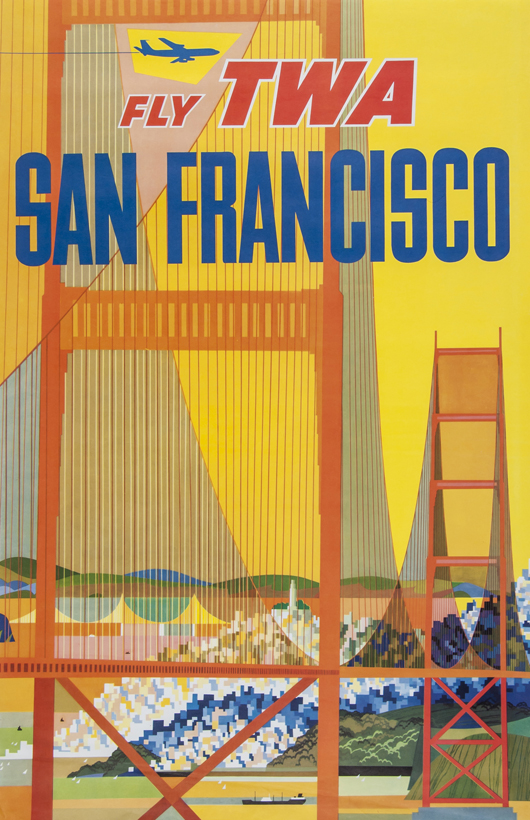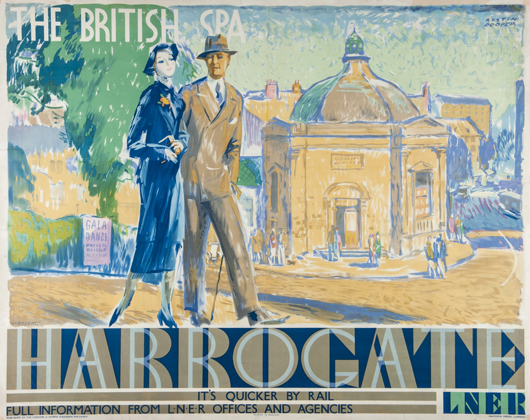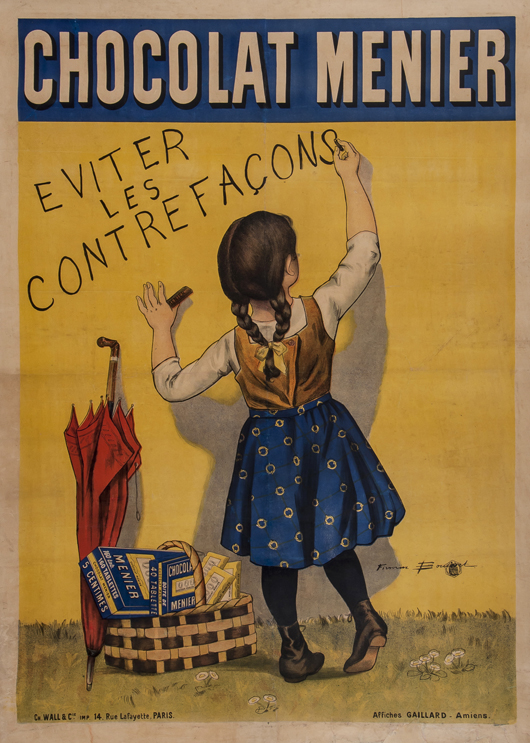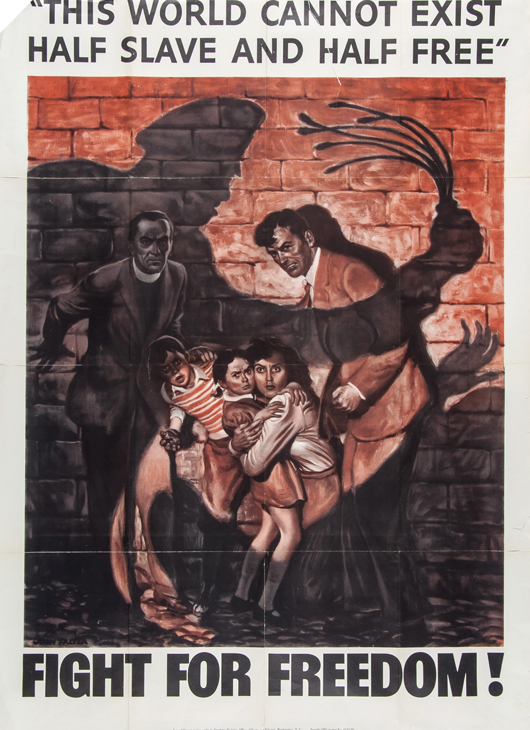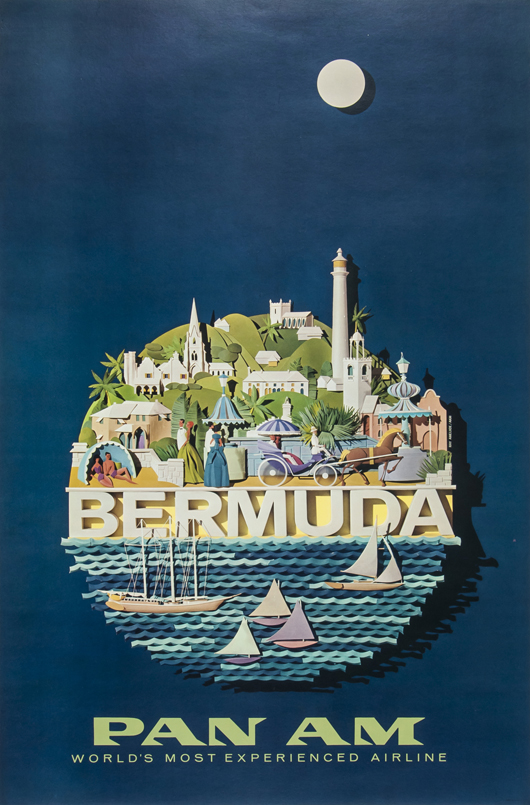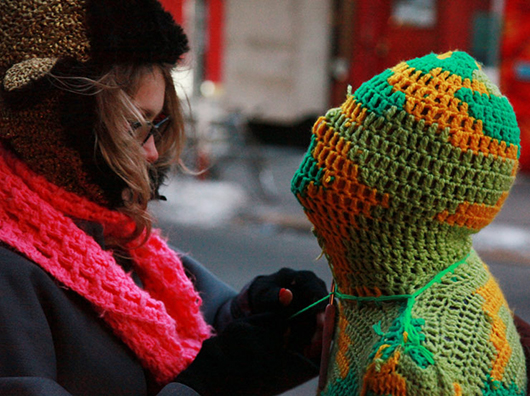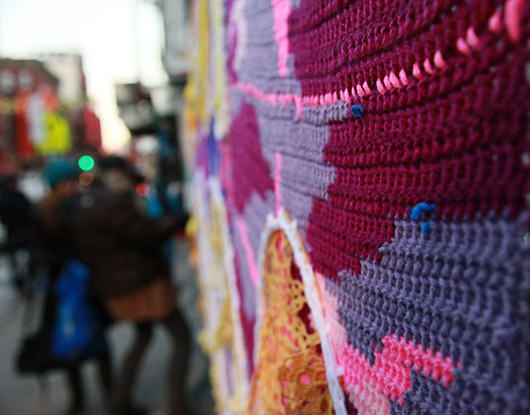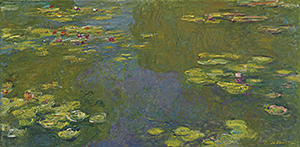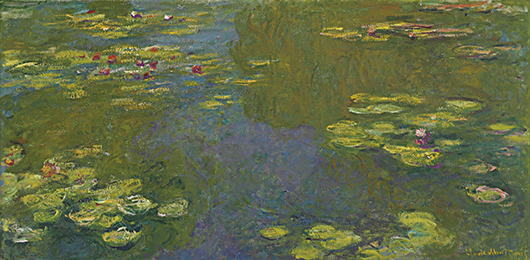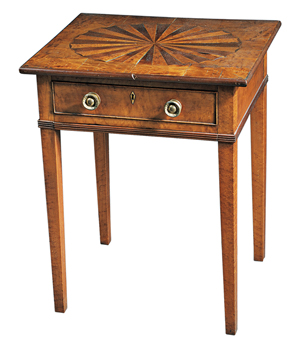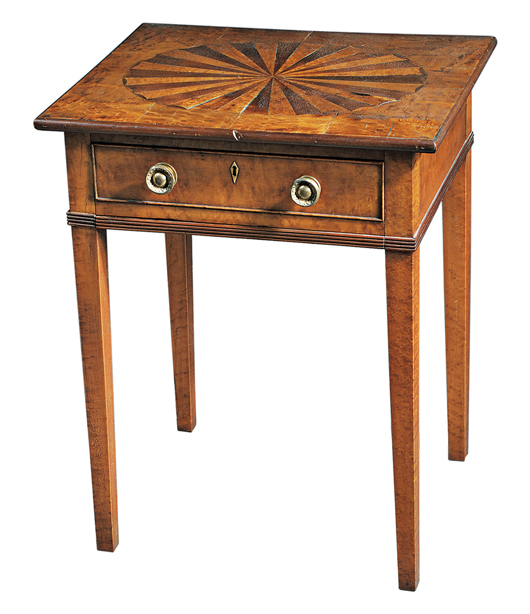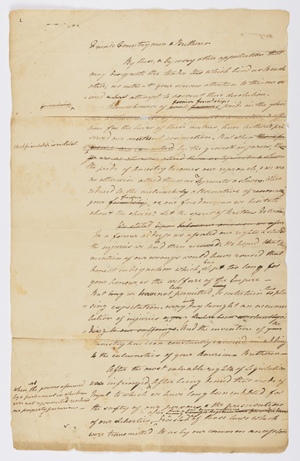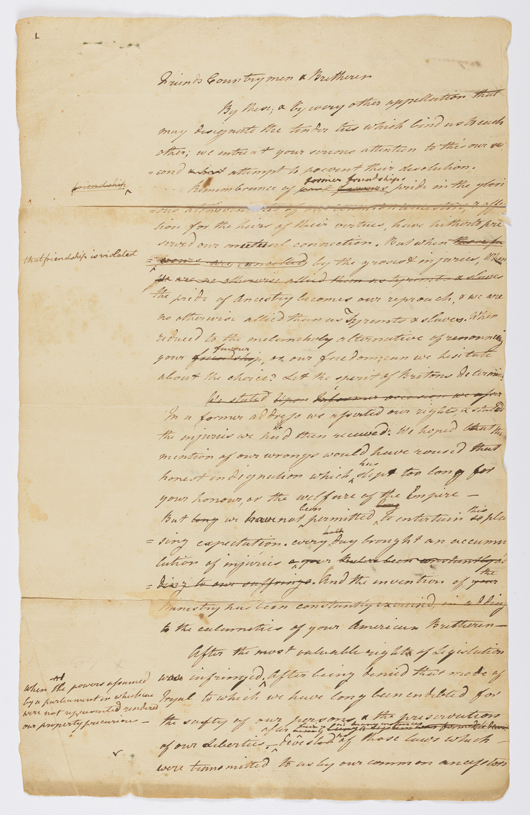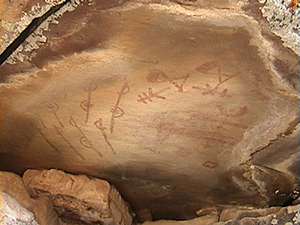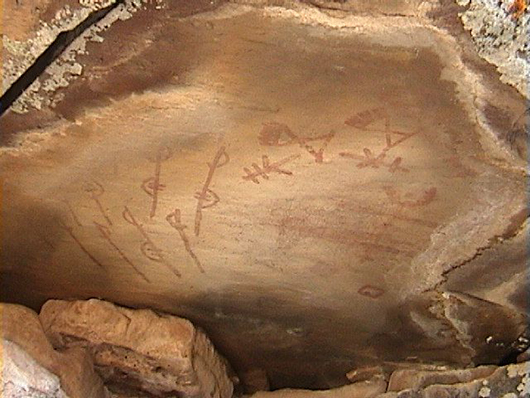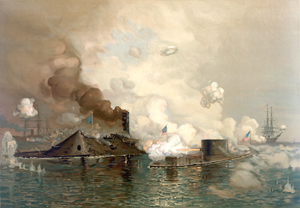
NEWPORT NEWS, Va. (AP) – When the turret of the USS Monitor was hoisted from the ocean floor in 2002, the real heavy lifting was just beginning: conserving and restoring more than 200 tons of Civil War ironclad artifacts.
The task went to The Mariners’ Museum. Now, diminishing federal dollars have darkened a lab containing the revolving turret and other large pieces, closing to the public a window on the nation’s maritime history and delaying possibly by decades their public display.
The museum has seen a steady decline in annual funding from the National Oceanic and Atmospheric Administration amid budget cuts and shifting federal priorities. The private museum was designated by Congress as the official repository for the artifacts, but museum officials say they can’t do it alone.
The museum’s president and CEO, Elliot Gruber, said the 5,000-square-foot lab containing the turret, two Dahlgren guns and the Monitor’s steam engine will remain dark until the federal government restores funding levels. The museum, he said, can’t pour more money into the project while sustaining its own vast collections of maps, books, paintings and other exhibits – 35,000 pieces all told.
Gruber framed the dilemma.
“How do we continue with the conservation effort in an era when funding is harder and harder to obtain, and how does NOAA honor its obligation to the American people to continue the conservation work and put these on display?” he asked in an interview.
The Brooklyn-built Monitor is a staple of American history lessons because of the iron-hulled warship’s pioneering place in maritime lore, its sinking in rough seas off North Carolina on New Year’s Eve 1862 and the discovery of the wreck in 1973. Sixteen of the ship’s 62 crewmembers were killed in the sinking.
The Monitor’s demise came about eight months after its clash with the Confederate ironclad CSS Virginia, the former USS Merrimack, in the Battle of Hampton Roads. It ended in a draw.
After the Monitor’s recovery, a $30 million exhibit opened in 2007 and houses pieces retrieved from the wreck, restored and conserved. They include the propeller, the anchor and silverware used by the Monitor’s crew. But expectations that tens of thousands more visitors would flock to the museum’s USS Monitor Center have fallen short.
James Delgado, director of NOAA’s Maritime Heritage Program, said the agency will support the museum’s work “as appropriations allow.”
“We have been partners with the museum since 1987 when at their request they asked for the artifacts to be entrusted to them for conservation. That partnership continues, and the artifacts are not at risk,” Delgado wrote in an email to The Associated Press.
A team of divers descended to the Monitor wreck in 2002 to hoist up the turret, which was filled with coal, sand and silt. Divers had to chip away at the hardened mass so the turret could be lifted. The remains of two sailors were found in the turret and they were buried a year ago at Arlington National Cemetery.
At the museum, the 120-ton turret is stored in a 90,000-gallon tank containing treated water and chemicals intended to draw out the saltwater. Without the bath, the massive piece would have crumbled into a heap after it was pulled from the ocean depths. Two 13-foot-long Dahlgren guns, muzzle-loading naval artillery each weighing 8 tons, and the steam engine that powered the Monitor are also stored in similar concoctions, now covered with thick, black plastic tarp.
The large pieces are undergoing the conservation in the so-called Wet Lab, a hangar-like space. Visitors to the museum once could peer through windows down into the lab from a platform above the space where five conservators used to work. Tours of the lab have also been suspended.
Now, a lone worker, Will Hoffman, sits at a computer at the base of the turret’s towering holding tank where he monitors the pieces from a computer screen.
In an adjoining lab, hundreds of plastic containers hold other Monitor artifacts, ranging from a crewman’s hair contained in a vial to a wooden plug shaped like a mushroom cap. It was used to ram charges into the Dahlgren guns.
The conservators are mindful of the work their work on an American treasure.
“We’re entrusted with the history of America,” Hoffman said.
The conservation, in its 10th year, has now slowed to a holding pattern.
“It’s like a ghost town,” said David Krop, director of the USS Monitor Center. “It’s disheartening; it’s sad.”
If federal dollars hadn’t dipped, the work would be complete within 15 years.
“But right now, if nothing was to change, 50 to 60 years is not out of the question,” Krop said.
Krop said that while the artifacts will remain stable, their restoration will not progress.
NOAA contributed 10 percent of the $500,000 conservation costs last year, but none was received in 2012. In the past, NOAA’s share had risen to about $1 million.
Despite the funding disagreement, relations between NOAA and the museum remain cordial. “Outside of the funding, we see pretty much eye to eye,” Gruber said.
Meantime, he said, the two sides are continuing to talk.
___
Steve Szkotak can be reached on Twitter at http://twitter.com/sszkotakap
___
Online:
The Mariners’ Museum: http://www.marinersmuseum.org
Copyright 2014 Associated Press. All rights reserved. This material may not be published, broadcast, rewritten, or redistributed.
AP-WF-01-26-14 1949GMT
ADDITIONAL IMAGE OF NOTE
